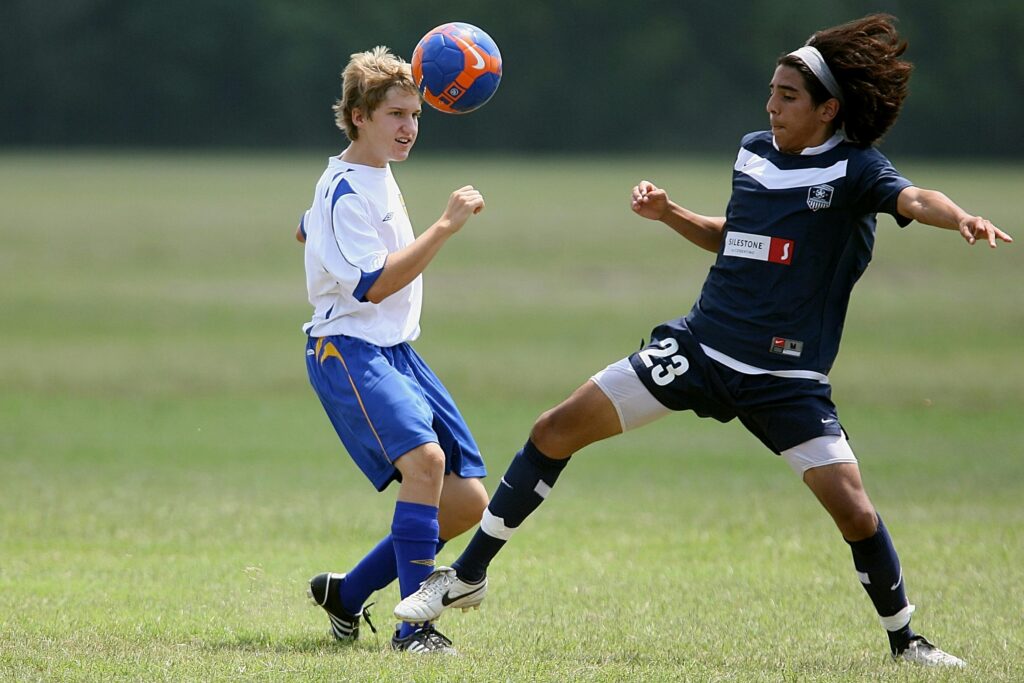Every athlete plays a unique role on their team, and understanding these positions is vital for overall success. Here’s a look at different positions in soccer, football, softball, and baseball, along with their specific responsibilities:
1. Soccer
- Forward: Responsible for scoring goals and creating offensive opportunities. Forwards often exploit gaps in the defense to take shots on goal or assist teammates.
- Midfielder: Connects defense and offense, supporting both ends of the game. They control the pace and rhythm, distributing the ball effectively and often making key defensive contributions.
- Defender: Protects the goal and prevents opposing players from scoring. Defenders need to anticipate plays and block shots while also working on transitioning the ball to midfielders.
- Goalkeeper: The last line of defense, tasked with saving shots on goal. Goalkeepers must have excellent reflexes and communication skills to direct the defense and organize the team’s shape.
2. Football
- Quarterback: The leader on the field, responsible for passing the ball, making plays, and directing the offense. The quarterback reads the defense and makes split-second decisions.
- Running Back: Primarily carries the ball and aims to gain yards. Running backs need to be agile and quick, often making plays through both running and catching passes.
- Wide Receiver: Catches passes from the quarterback and attempts to score. They must have strong route-running skills and the ability to create separation from defenders.
- Linebacker: A defensive player who stops runs and covers short passes. Linebackers are crucial for both run defense and pass coverage, often acting as leaders on the defense.
3. Softball
- Pitcher: The focal point of the defense, responsible for delivering pitches to the batters and strategizing against them. Pitchers must have strong control and a variety of pitches to keep hitters off balance.
- Catcher: Works closely with the pitcher, calling pitches and framing strikes. The catcher is also responsible for fielding bunts and preventing stolen bases.
- Infielder (e.g., Shortstop, Second Base): Positioned near the bases, responsible for fielding ground balls and making quick throws to get runners out. Infielders must have strong throwing arms and quick reflexes.
- Outfielder: Positioned in the outfield, tasked with catching fly balls and backing up infielders. Outfielders need speed and good judgment to track down hits and prevent extra-base hits.
4. Baseball
- Pitcher: Similar to softball, the pitcher controls the game by throwing to the batter. They need a deep repertoire of pitches and strong mental focus to succeed.
- Catcher: Acts as a field general, coordinating with the pitcher and managing the defense. The catcher must be skilled at blocking pitches and making quick plays at home plate.
- First Baseman: Positioned near first base, responsible for fielding ground balls and catching throws from infielders. First basemen often need good agility and quick reflexes to handle throws.
Shortstop: Positioned between second and third base, the shortstop is key for fielding ground balls and turning double plays. They need to have strong throwing abilities and excellent range.


